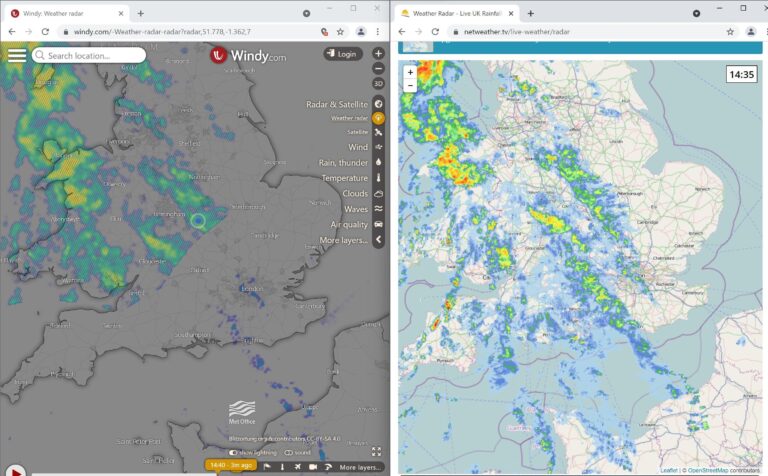A technical malfunction in radar systems prompted a temporary suspension of flights in northern Italy on Thursday, officials confirmed. According to an air traffic controller, the glitch disrupted normal operations, leading to delays and rerouting at several airports in the region. The incident highlights ongoing challenges in managing increasingly complex air traffic networks and has raised concerns over the reliability of critical aviation infrastructure. Authorities are currently investigating the cause of the malfunction and working to restore full service as quickly as possible.
Radar Malfunction Triggers Flight Suspension Across Northern Italy
Air travel across Northern Italy came to an abrupt halt on Friday following a critical radar system malfunction that disrupted real-time aircraft tracking. Authorities swiftly suspended all flights to ensure passenger safety while technicians worked to identify and resolve the glitch. According to an air traffic controller, the failure impacted key control centers, causing a ripple effect across some of the region’s busiest airports, including Milan Malpensa and Venice Marco Polo.
Officials reported a thorough investigation is underway to pinpoint the root cause of the disruption. Airlines are actively coordinating with ground staff to manage affected travelers, emphasizing safety as the top priority. The incident prompted immediate measures such as:
- Grounding all departing flights until radar functionality is restored
- Implementing manual control procedures in limited airspace
- Providing real-time updates to passengers and crew
| Airport | Impact Level | Flights Delayed |
|---|---|---|
| Milan Malpensa | High | 85 |
| Venice Marco Polo | Moderate | 40 |
| Turin Caselle | Low | 15 |
Air Traffic Control Authorities Investigate Root Causes of Radar Failure
Authorities responsible for the northern Italy airspace have launched an in-depth inquiry following a sudden radar malfunction that halted multiple flights. Initial reports indicate that the glitch compromised real-time tracking, forcing immediate suspension of outbound and inbound flights to ensure safety. Technical teams are scrutinizing system logs and hardware components to identify the precise factors triggering the failure.
Key focus areas in the ongoing investigation include:
- Potential software bugs in radar processing units
- Hardware malfunctions due to environmental conditions or wear
- Communication disruptions between radar and control centers
- System resilience and redundancy measures
| Aspect | Status |
|---|---|
| Radar Hardware | Under Review |
| Software Integrity | Initial Checks Passed |
| Environmental Impact | Unconfirmed |
| Communication Logs | Being Analyzed |
Experts Advocate for Enhanced System Redundancies to Prevent Future Disruptions
Industry specialists underscore the critical need for bolstered system redundancies across radar and air traffic control networks to mitigate the risk of operational shutdowns like the recent incident in northern Italy. Experts argue that relying on singular systems without robust backup solutions leaves the aviation infrastructure vulnerable to technical malfunctions, potentially grounding flights and causing widespread disruptions. Enhanced redundancies would involve integrating multiple fail-safe layers and cross-verification mechanisms to ensure continuous functionality, even when one component fails.
Key strategies proposed include:
- Implementation of parallel radar systems with automatic failover
- Regular stress testing and simulation drills to identify vulnerabilities
- Investment in AI-powered diagnostic tools to predict failures before they occur
- Improved communication protocols between regional control centers
| Redundancy Feature | Potential Benefit |
|---|---|
| Dual Radar Arrays | Seamless switch during primary system failure |
| Automated Health Monitoring | Early detection of system anomalies |
| Enhanced Data Sharing | Faster decision-making between controllers |
In Conclusion
The radar malfunction that disrupted air traffic in northern Italy underscores the critical importance of reliable technological infrastructure in aviation safety. Authorities continue to investigate the cause of the glitch while implementing measures to prevent similar incidents in the future. Air traffic operations have since resumed normal activity, with officials assuring travelers of ongoing vigilance to maintain secure and efficient skies.




